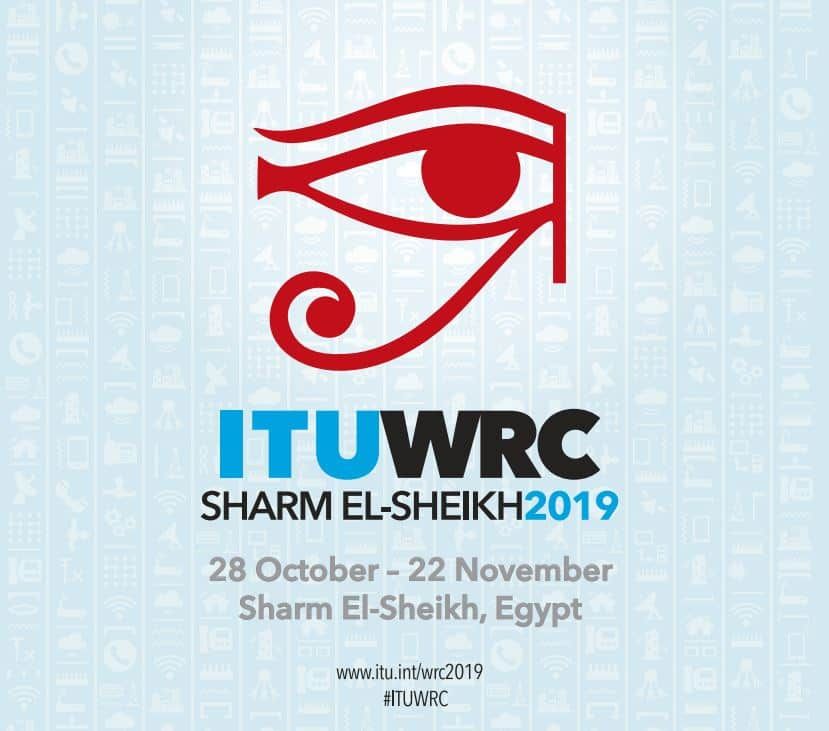
WRC-19 — An opportunity to bridge the digital divide for 5G: Opinion
One of the important goals of the 2019 World Radiocommunication Conference (WRC-19) is to ensure that there is sufficient terrestrial spectrum available globally to allow the deployment of anytime, anywhere communications over 5G networks.
Such networks will transform our world to one where so much of what we depend on in our daily lives is connected, bringing us the latest in information to be productive at work, learn online, enjoy our leisure time, and so much more.
However, as the WRC makes these important spectrum allocations, it is critical that the Conference also makes sure that everyone benefits from 5G — whether served by terrestrial or non-terrestrial networks, namely satellites.
Reaching the globe beyond terrestrial 5G
With the availability of high-throughput, high-capacity broadband geostationary satellite orbit (GSO) networks, such as the Hughes JUPITER system, and pending deployment of mega constellations of non-geostationary satellite orbit (NGSO) systems, it is clear that the benefits of 5G can reach parts of the globe where terrestrial 5G networks may never be available.
Today, satellite networks are providing affordable high-speed broadband services to millions of users around the globe. Users are connected over satellite channels directly utilizing very small aperture terminals (VSATs), or by hybrid architecture, whereby VSATs provide a satellite backhaul of terrestrial wireless services delivered over cellular/WiFi devices. For example, in Brazil, Hughes has implemented such a combined satellite plus terrestrial network, to bring high-speed connectivity to community centres and schools in remote villages across the Amazon region.
The promise of next generation networks
The next generation of these networks hold the promise to connect the billions unserved or underserved, with even higher capacity, higher speed services globally, opening up a world of opportunities to people everywhere. To this end, the 3rd Generation Partnership Project (3GPP), a terrestrial standards body focused on developing the standard for 5G networks (in compliance with ITU’s IMT-2020 requirements), has begun to work to develop standards that include satellite technology, ensuring that satellite will play an important role in 5G infrastructure.
Satellite frequencies — under threat
However, the essential satellite frequencies needed to realize this goal are under threat. It should be understood that these millimeter wave bands were made available a decade or more ago to ensure that future high-speed data satellite networks had ample spectrum — and in fact are the basis of products and services designed and built to operate today, to support hundreds of millions of users globally.
The efforts of the international mobile telecommunication (IMT) community to identify these bands under WRC-19 Agenda item 1.13 exclusively for IMT-2020 (terrestrial 5G), put this promise and investment at risk.
Protecting spectrum for primary services at WRC‑19
As we head towards WRC-19, there seems to be a focus on making these bands available for IMT-2020, while ignoring the very clear guidance in the Agenda item to take “into account the protection of services to which the band is allocated on a primary basis.” Many of these bands, including 37.5–42.5 GHz and 47.2–50.2 GHz are co-primary for fixed-satellite services, and satellite networks are being planned and constructed for operation in these bands globally.
As a case in point, Hughes is actively expanding its broadband-satellite services across the Americas in these bands, developing a new ultra-high-throughput (HTS) satellite (JUPITER 3), to be launched in 2021, joining two existing HTS satellites.
More information in the ITU News Magazine:

WRC-19 must make sure that there is adequate protected spectrum for these systems to enable them to develop and support 5G users, no matter where they may be. While there is also a need for additional spectrum to be made available for terrestrial 5G, given there is a total of 33 GHz of spectrum being looked at for IMT-2020, it is more than feasible that the few GHz of spectrum required for satellite services be protected.
More importantly, failure to provide such protected spectrum for user devices and gateways would deprive hundreds of millions of potential users in ex-urban and rural areas access to 5G services, through cost-effective hybrid satellite-terrestrial architectures, as noted earlier.
Protecting satellite broadband at WRC‑19
We have one chance at WRC-19 to make sure that we do not create an insurmountable digital divide for 5G. Let’s be smart and adopt appropriate protection for satellite broadband now as part of WRC-19 Agenda item 1.13.
In doing so, we will ensure that there is a world where all people, no matter where they are located, have the opportunity to be connected and enjoy the benefits of the digital world.
More information on the World Radiocommunication Conference 2019:


*This article is one of several commissioned by ITU’s Radiocommunication Bureau to be published in the recent ‘Evolving satellite communications’ edition of ITU News Magazine. Views expressed do not necessarily reflect those of ITU.
